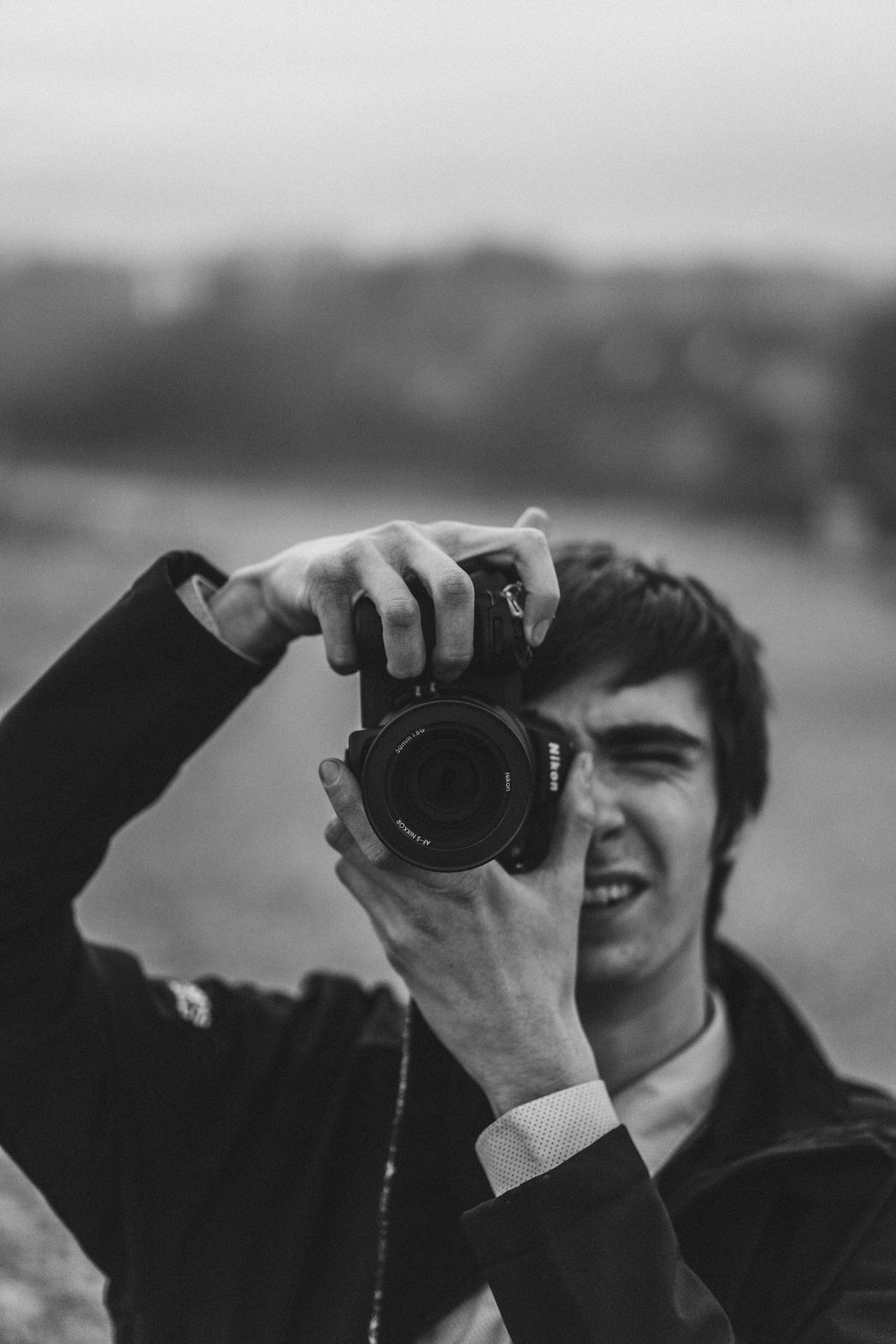Typography is a crucial element of web and graphic design, particularly for photographers who want to showcase their work in a professional and captivating way. Typography for photographers goes beyond aesthetics, playing a pivotal role in enhancing readability, conveying personality, and ensuring that the visual presentation complements the stunning imagery.

This guide explores how to choose, implement, and optimize typography to elevate your photography portfolio and create an engaging experience for your audience.
Why Typography Matters for Photographers
While photographs are the centerpiece of any photography portfolio, typography frames the narrative and supports the presentation. Here’s why typography for photographers is essential:
- Enhances Branding: Fonts help communicate your style and professional identity, reinforcing your brand.
- Improves Readability: Clean and legible fonts ensure that your captions, descriptions, and stories are easy to read.
- Balances the Design: Thoughtful typography complements your visuals without overshadowing them.
- Guides Navigation: Fonts help structure your portfolio, guiding viewers through your content seamlessly.
Investing in typography ensures that your portfolio is not only visually appealing but also functional and user-friendly.
Choosing the Right Fonts for Photography Portfolios
Selecting the right fonts is the foundation of effective typography for photographers.
Match Fonts to Your Style
The fonts you choose should align with the tone of your photography:
- Fine Art Photography: Elegant serif fonts like Lora or Playfair Display convey sophistication.
- Modern Photography: Clean, sans-serif fonts like Montserrat or Roboto add a contemporary feel.
- Wedding Photography: Script fonts like Great Vibes or Pacifico evoke romance and intimacy.
Prioritize Readability
Readable fonts are critical, especially for captions, descriptions, and contact information. Avoid overly decorative or intricate fonts for body text.
Pair Fonts Strategically
Pairing fonts creates visual hierarchy and balance. For example:
- Use a bold sans-serif font like Oswald for headings.
- Pair it with a readable serif font like Merriweather for captions or descriptions.
Explore Google Fonts for free, versatile font options tailored to different styles.
Typography for Photographers and Branding
Typography is a key aspect of building a cohesive and memorable brand identity.
Consistent Typography Across Platforms
Use the same fonts across your portfolio website, social media graphics, and printed materials to ensure a unified brand presence.
Create a Unique Logo with Typography
Custom fonts can make your logo stand out. Consider designing or commissioning a font that reflects your style to use in your logo and branding.
Highlight Your Name and Contact Information
Use clean and bold fonts to display your name and contact details prominently, making it easy for potential clients to reach out.
For more branding insights, visit Smashing Magazine’s Typography Section.
Implementing Typography in Photography Portfolios
Proper implementation ensures your fonts enhance your portfolio’s design without detracting from your images.
Use Web Font Services
Platforms like Google Fonts or Adobe Fonts make it simple to add professional fonts to your website.
Example: Adding Google Fonts to Your Site
- Select a font from Google Fonts.
- Copy the provided
<link>tag and paste it into your site’s<head>section. - Apply the font in your CSS:
body {
font-family: 'Roboto', sans-serif;
}
h1, .portfolio-title {
font-family: 'Montserrat', sans-serif;
}
Define a Clear Visual Hierarchy
Use font size, weight, and style to create a hierarchy that guides viewers:
- Titles: Large, bold fonts for immediate attention.
- Subtitles: Slightly smaller, lighter fonts for context.
- Captions: Simple, clean fonts for details about the images.
Optimize Typography for Mobile
Ensure your fonts scale and remain readable on smaller screens. Use responsive typography techniques like em or rem for font sizes.
Example CSS:
html {
font-size: 16px;
}
h1 {
font-size: 2.5rem;
}
p {
font-size: 1rem;
line-height: 1.6;
}
@media (max-width: 600px) {
h1 {
font-size: 2rem;
}
p {
font-size: 0.9rem;
}
}
Learn more about responsive typography at MDN Web Docs.
Optimizing Typography for Portfolio Performance
Font optimization ensures your portfolio remains fast-loading and user-friendly.
Compress Font Files
Use tools like Font Squirrel to compress font files and reduce their size.
Preload Critical Fonts
Preloading ensures that your key fonts load early, reducing render-blocking delays.
Example HTML:
<link rel="preload" href="fonts/montserrat.woff2" as="font" type="font/woff2" crossorigin="anonymous">
Limit Font Weights and Variants
Loading too many font weights or styles can slow down your site. Stick to essential variants like Regular and Bold.
Monitor Performance
Analyze your site’s performance using tools like PageSpeed Insights or GTmetrix to identify font-related issues.
Fonts to Avoid in Photography Portfolios
While creativity is important, some fonts can harm the professionalism of your portfolio.
Avoid Overly Decorative Fonts
Intricate or highly decorative fonts can detract from your images and make text hard to read.
Say No to Overused Fonts
Common fonts like Comic Sans or Papyrus can make your portfolio appear unprofessional.
Test Fonts for Accessibility
Ensure that all fonts meet accessibility standards by maintaining good contrast and readability. Tools like WebAIM Contrast Checker can help.
Testing and Refining Your Typography
Testing ensures that your typography aligns with your goals and functions seamlessly.
Preview Across Devices
Test your portfolio on desktops, tablets, and smartphones to ensure fonts scale correctly and remain readable.
Validate Browser Compatibility
Use tools like BrowserStack to check that your fonts render consistently across different browsers.
Seek Feedback
Ask colleagues or clients for input on font choices and readability. Their feedback can help refine your typography.
Conclusion
Typography for photographers is an art and science, blending aesthetics with functionality to create portfolios that captivate and engage. By selecting the right fonts, implementing them effectively, and optimizing their performance, you can elevate your portfolio and present your work in the best possible light.
Start experimenting with fonts today using platforms like Google Fonts or Adobe Fonts, and watch your portfolio come to life with thoughtful typography. A well-designed portfolio not only showcases your talent but also sets the stage for professional success.




